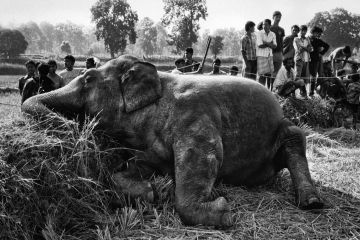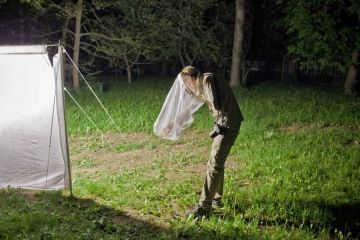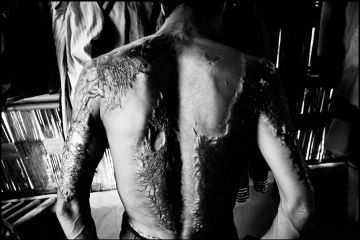Tucked away between the Great Salt Desert of
Kutch and a hill range is the Banni Grassland Reserve. Though it is the second
largest grassland in Asia, it is relatively unknown. It wasn’t always a
grassland; the Indus flowed through here and communities from what is now Iran,
Afghanistan, Sindh, and Balochistan have been living here for centuries.
In 1819 a massive earthquake changed the course of the Indus, and Banni
became an arid grassland. The settler communities adopted pastorali





